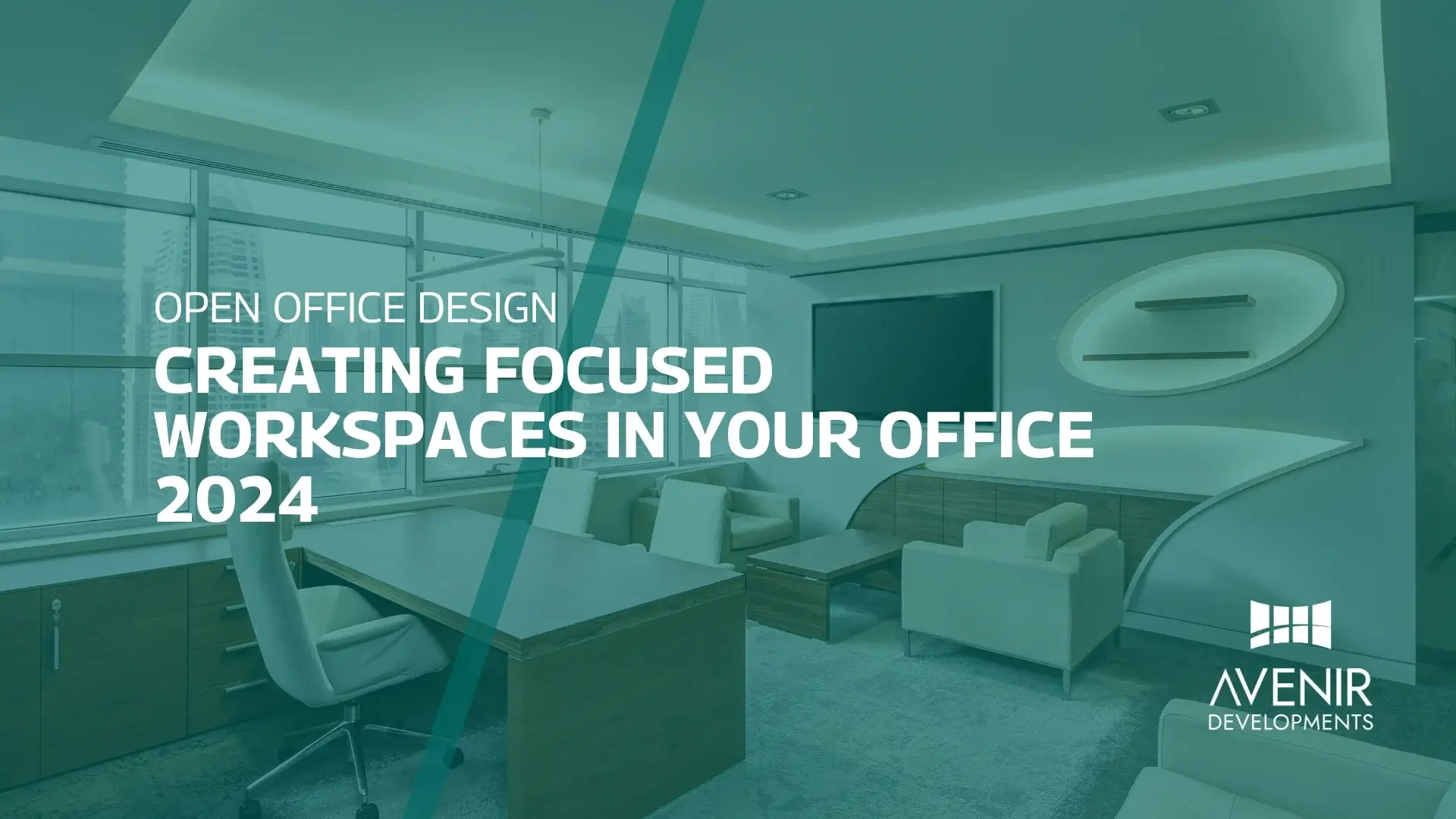Interior Design, Architecture, Residential, Residential Apartments, Wildlife Friendly Garden
Introduction
Creating a wildlife-friendly garden is not only a rewarding experience but also a way to contribute to the preservation of biodiversity. By providing a habitat for various creatures, you can support local ecosystems and enjoy the beauty of nature right in your backyard. In this guide, we will explore the steps to create a wildlife-friendly garden, from choosing native plants to providing essential resources for wildlife. Let’s dive in and discover how you can transform your garden into a haven for wildlife!
How to Create a Wildlife-Friendly Garden
Creating a wildlife-friendly garden requires careful planning and consideration. Here are the key steps to follow:
Step 1: Assess Your Garden’s Current State
Before embarking on your wildlife-friendly garden journey, it’s essential to assess your garden’s current state. Evaluate the existing features, such as plants, structures, and water sources. Consider the local climate, soil conditions, and the amount of sunlight your garden receives. Understanding these factors will help you make informed decisions throughout the process.
Step 2: Choose Native Plants
Native plants play a crucial role in attracting and supporting local wildlife. They are adapted to the region’s climate and provide food and shelter for native insects, birds, and other animals. Research the native plant species in your area and select a variety of flowers, shrubs, and trees to create a diverse and thriving ecosystem.
Step 3: Create a Variety of Habitats
To accommodate different species, it’s important to create a variety of habitats within your garden. Consider incorporating features such as meadows, woodlands, and water bodies. Plant tall grasses and wildflowers to provide nesting sites and cover for small mammals and birds. Include trees and shrubs to offer shelter and create a diverse vertical structure.
Step 4: Provide a Water Source
A reliable water source is essential for wildlife. Install a birdbath, a small pond, or even a simple water dish to ensure that animals have access to fresh water. Place some rocks or sticks in the water source to provide perching spots for birds and other creatures.
Step 5: Avoid Chemicals and Pesticides
Chemicals and pesticides can harm wildlife and disrupt the delicate balance of your garden ecosystem. Opt for organic gardening practices and natural pest control methods instead. Use compost and mulch to enrich the soil, attract beneficial insects, and discourage pests. Embrace the concept of “live and let live” by allowing nature to find its own equilibrium.
Step 6: Incorporate Nesting Boxes and Feeders
To attract specific species, consider installing nesting boxes and feeders. These provide additional resources and can help compensate for the loss of natural habitats. Research the preferences of local bird species and set up appropriate birdhouses and feeders. Ensure they are placed in safe and accessible locations away from predators.
Step 7: Embrace Wildlife Gardening Techniques
Incorporate wildlife gardening techniques into your routine to enhance the appeal of your garden. Leave fallen leaves and plant debris as natural mulch, which provides shelter for insects and small mammals. Create log piles to serve as hiding places for amphibians and reptiles. Allow a section of your lawn to grow wild and form a mini-meadow, attracting pollinators.
Step 8: Educate Yourself and Others
Continue learning about wildlife-friendly gardening and share your knowledge with others. Attend workshops, join gardening communities, and read books or articles on the topic. By spreading awareness, you can inspire others to create their own wildlife-friendly gardens, amplifying the positive impact on biodiversity.
FAQs about Creating a Wildlife-Friendly Garden
1. How can I attract butterflies to my garden?
To attract butterflies, plant nectar-rich flowers like coneflowers, milkweed, and butterfly bush. Provide a shallow dish with moist sand for them to drink from, and create sheltered areas with rocks and logs for basking.
2. What can I do to encourage bees to visit my garden?
To attract bees, plant native wildflowers, herbs, and flowering shrubs. Create a water source with stones or marbles to help them drink without drowning. Avoid using pesticides, as they can harm bees.
3. How can I make my garden attractive to birds?
To make your garden bird-friendly, offer a variety of bird feeders with different types of food, such as seeds, suet, and fruit. Plant trees and shrubs that provide berries, fruits, and nesting sites. Install a birdbath for drinking and bathing.
4. How do I create a wildlife-friendly garden in a small space?
Even in a small space, you can create a wildlife-friendly garden. Use containers to grow native plants, hang bird feeders and nesting boxes, and incorporate vertical elements like trellises or wall-mounted planters. Every little effort counts!
5. How can I discourage pests without using chemicals?
There are natural ways to deter pests without resorting to chemicals. Companion planting, using pest-resistant plant varieties, and introducing beneficial insects like ladybugs and lacewings can help keep pests in check. Additionally, manually removing pests or using organic insecticidal soaps can be effective.
6. How long does it take for a wildlife-friendly garden to attract wildlife?
The time it takes to attract wildlife to your garden can vary depending on factors such as the availability of resources, local wildlife populations, and the overall suitability of your garden habitat. However, with the right conditions, you may start noticing an increase in wildlife activity within a few months.
Conclusion
Creating a wildlife-friendly garden is a wonderful way to connect with nature and contribute to the well-being of local ecosystems. By implementing the steps outlined in this guide, you can transform your garden into a haven for a variety of wildlife species. Remember to choose native plants, provide essential resources, and embrace sustainable gardening practices. Enjoy the beauty and wonder of nature as it thrives right outside your door!
#NORAResidences #AvenirDevelopments #AvenirMeansFuture #Apartments #WildlifeFriendlyGarden #NatureHabitat #BiodiversityConservation #PollinatorGarden #NativePlants #WildlifeHaven #ButterflyFriendly #BirdSanctuary #EcologicalBalance #HabitatProtection #SustainableGardening #NaturalEcosystem #GardenForWildlife #InsectFriendly #WildlifeConservation #GardenBiodiversity #NatureLovers #EcoGardening #SupportWildlife #GardenWithPurpose #CreateWildlifeHabitat







